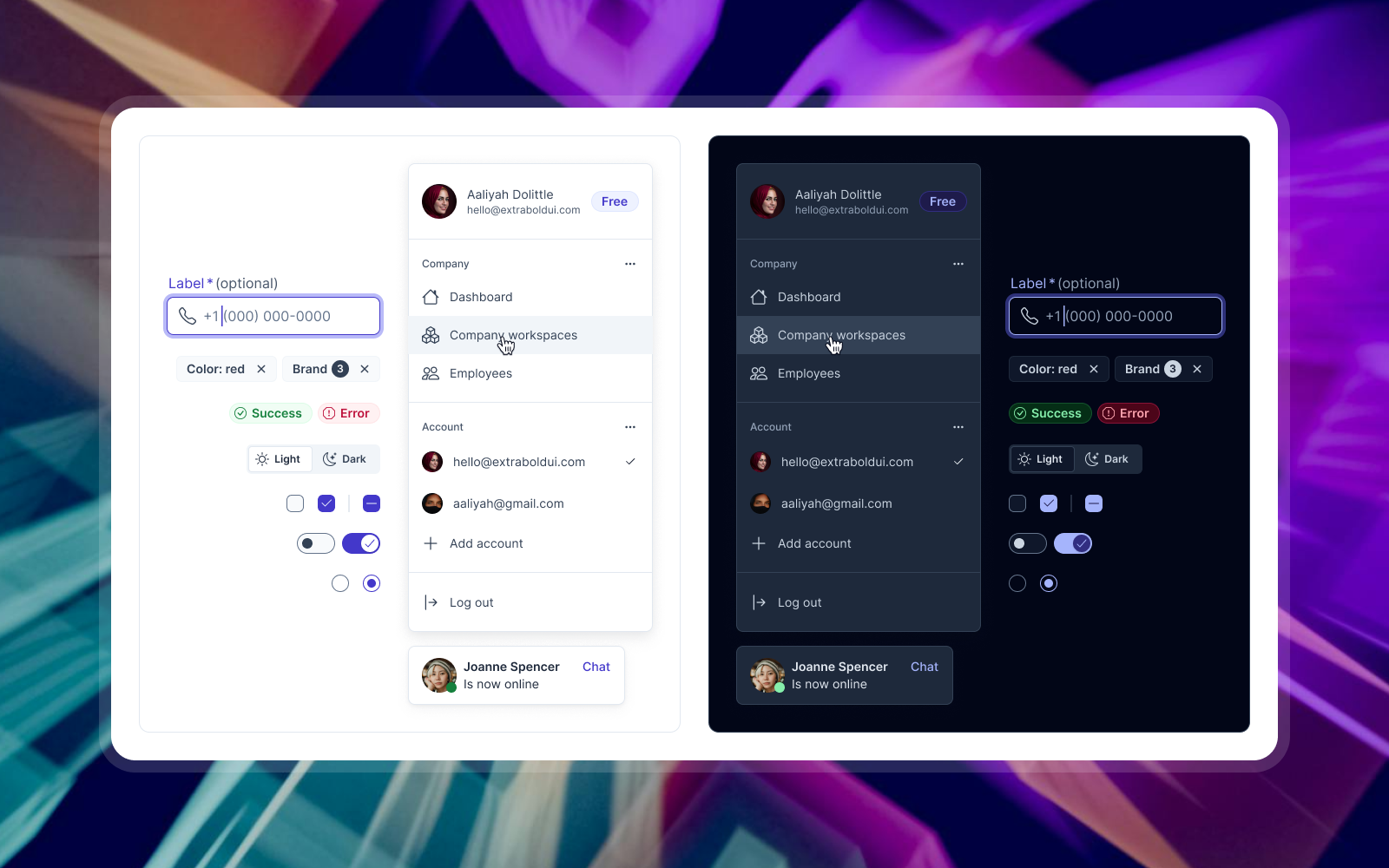
Why consistency is key: The role of design systems in UX
Consistency is the backbone of good user experience. When interfaces behave and look the same across a product, users spend less time figuring out how things work and more time

Consistency is the backbone of good user experience. When interfaces behave and look the same across a product, users spend less time figuring out how things work and more time

A design system kit gives you a strong starting point, but every product needs its own identity. With a few adjustments, you can adapt the kit so it reflects your

Investing in a design system kit can feel like a big step for teams on tight budgets. Still, the returns are often concrete and long lasting. A good kit gives

Startups and small teams move fast and must make every hour and every budget count. Design UI’s Figma kit is built for that pace. It gives a ready set of

Design system kits give designers ready components, styles, and rules so work moves faster and stays consistent. Spend a little time learning the kit up front and it will repay

Design tokens are a simple idea with outsized impact. They are named values that record design decisions such as colors, type sizes, spacing, and elevation. Treat a token as the

Design systems are leaving their supporting role and becoming a core part of how teams build products. In 2025 the change will not be about a single tool or technique.

In fast-moving products, inconsistent interfaces are a symptom of fractured teamwork. A design system is the opposite. It is a shared language and a predictable set of tools that lets

A design system is not a luxury. It is practical infrastructure that removes repeated work, clarifies choices, and makes teams faster. When a product relies on a shared set of

A design system is a comprehensive framework that ensures consistency and efficiency in product design and development. It comprises several key components, each playing a vital role in creating cohesive